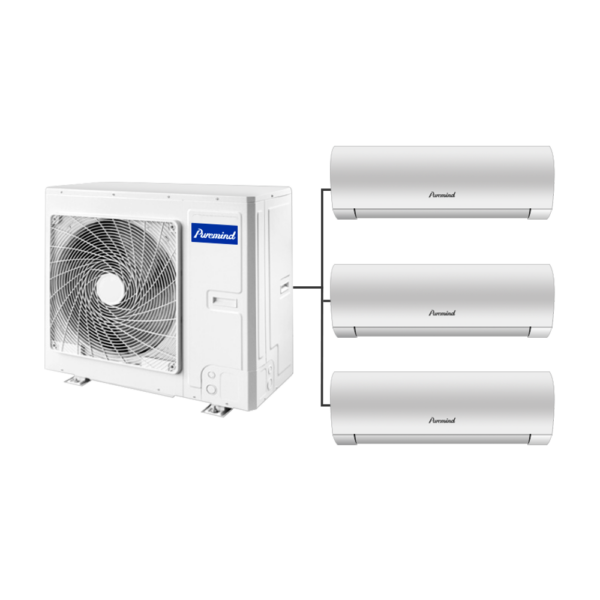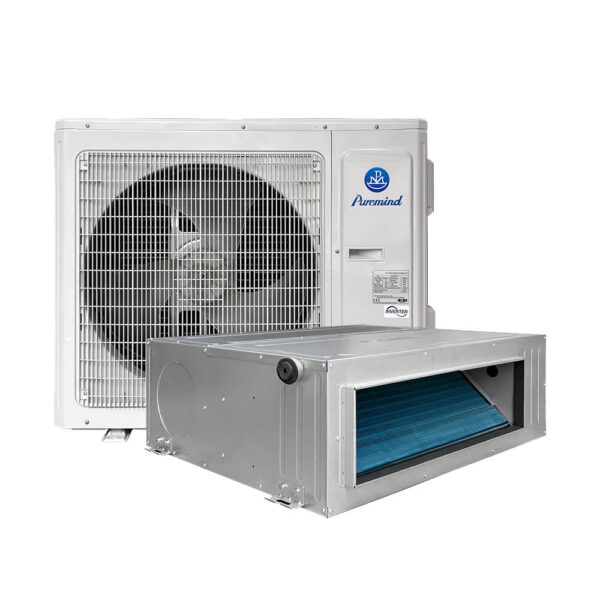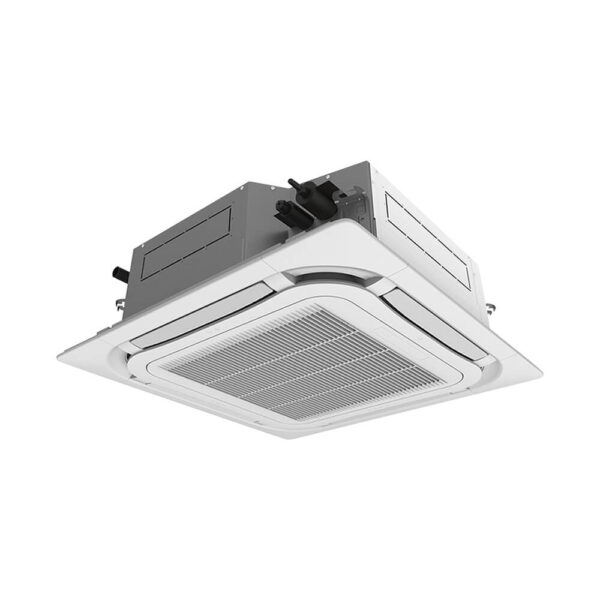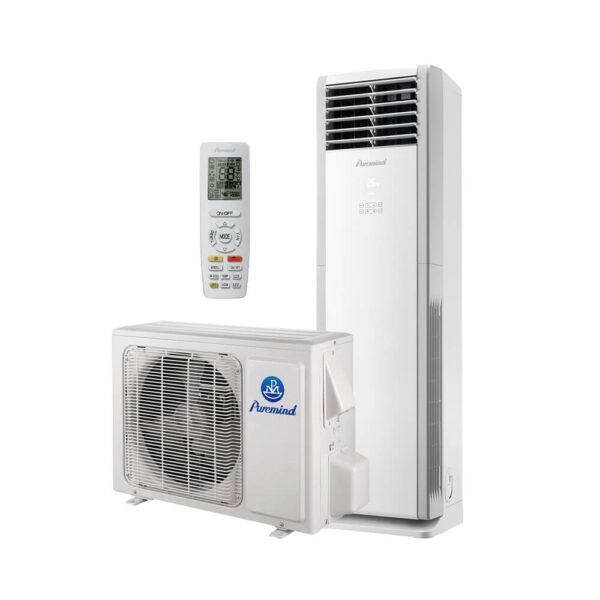Wholesale Mini Split AC Systems – 2025 Complete Guide for Distributors and Suppliers
Wholesale mini split AC systems are rapidly shaping the HVAC market, offering suppliers, wholesalers, and distributors a chance to expand their product lines while meeting strong customer demand. Unlike traditional ducted HVAC setups, these ductless solutions provide flexibility, energy efficiency, and easier installation. For B2B players in the HVAC supply chain, understanding how to market and source bulk mini split AC units is crucial for long-term growth. This guide covers everything you need to know, from technology basics to business opportunities.
What Exactly Are Mini Split AC Systems?
A mini split air conditioner, often called a ductless system, connects an outdoor condenser to one or more indoor units. Instead of circulating cooled or heated air through ducts, the system delivers comfort directly to individual zones. This design makes them an attractive alternative to central HVAC setups, especially in older homes, offices, and multi-unit properties.
- Outdoor Unit: Contains the compressor and condenser.
- Indoor Units: Wall-mounted, ceiling cassette, or floor-mounted designs.
- Refrigerant Lines: Connect indoor and outdoor components without requiring ducts.
Why Distributors Invest in Wholesale Mini Split AC Systems
For suppliers and wholesalers, the appeal lies in the combination of strong demand and versatile applications. By carrying wholesale mini split AC systems, businesses can serve contractors, builders, and retailers more effectively. Benefits include:
- High Efficiency: Many ductless units achieve SEER ratings above 20, reducing utility bills for end customers.
- Market Demand: Growing consumer preference for eco-friendly and flexible cooling systems.
- Installation Simplicity: No major ductwork is needed, lowering labor costs for contractors.
- All-Year Use: Many systems function as heat pumps, providing both heating and cooling.
When distributors promote bulk mini split HVAC solutions, they not only increase sales potential but also strengthen their position in an evolving energy-conscious market.
Market Trends Driving Growth
The global mini split air conditioner market is expanding due to several key forces:
- Government Regulations: Incentives and stricter efficiency codes drive the adoption of ductless systems.
- Urban Housing: Apartments, condos, and high-density buildings rely heavily on ductless options.
- Climate Awareness: Businesses and homeowners want systems that align with sustainability goals.
- Smart Technology: Integration with IoT and smart thermostats increases appeal among tech-savvy buyers.
Key Features of Bulk Mini Split HVAC Solutions
For suppliers, highlighting these technical features is critical in sales and product catalogs:
- Inverter Compressors: Offer variable speed operation for consistent comfort and lower bills.
- Multi-Zone Capabilities: A single outdoor unit can support multiple indoor units.
- Quiet Performance: Many indoor units operate at just 19 dB—quieter than a library.
- Compact Designs: Ideal for limited spaces, especially urban apartments and offices.
- Dual-Functionality: Heating and cooling in one system, reducing the need for separate appliances.
Applications for Distributors
Wholesale ductless air conditioners are suitable across a variety of sectors, giving distributors multiple selling angles:
- Residential retrofits where ductwork installation is costly
- Light commercial offices and retail shops
- Educational facilities including classrooms
- Hospitality businesses such as hotels and resorts
- Multi-family housing projects requiring flexible zoning
How to Source Wholesale Mini Split AC Systems
Choosing the right supplier ensures long-term success. Consider these factors:
- Reputation: Partner with trusted HVAC manufacturers.
- Efficiency Certifications: Ensure systems meet ASHRAE and Energy Star standards.
- Warranty & Service: Look for robust after-sales support and training programs.
- Scalability: Ensure the supplier can fulfill bulk orders for seasonal demand spikes.
Pricing Strategies for Wholesalers
Pricing wholesale mini split AC systems requires balancing cost, demand, and market competition. Factors include:
- Import and shipping costs
- Seasonal HVAC demand fluctuations
- Warranty and service package offerings
- Competitive positioning in your region
Some distributors succeed by offering both entry-level and premium ductless mini split AC units, catering to different market segments.
Installation and Maintenance Insights
Although easier than central HVAC installations, contractors must still follow best practices. Distributors can support by offering guides or training. Tips include:
- Correct refrigerant line handling and sealing
- Proper indoor unit placement to optimize airflow
- Routine filter maintenance and seasonal inspections
- Compliance with refrigerant regulations and local codes
Marketing Wholesale Ductless Air Conditioners
To maximize sales, wholesalers need strategic marketing approaches:
- Develop product pages with detailed specifications and benefits. For example, check our split air conditioner catalog.
- Create contractor kits with brochures, installation guides, and training resources.
- Highlight cost savings and eco-friendly advantages in digital campaigns.
- Offer seasonal promotions to contractors and retail partners.
Future of Wholesale Mini Split AC Systems
Looking ahead, distributors can expect mini split technology to evolve further with advanced refrigerants, greater energy efficiency, and seamless smart home integration. Those who adapt early will secure a competitive advantage in a growing market.
FAQ – Common Distributor Questions
Are mini split AC systems profitable for wholesalers?
Yes. With rising consumer demand and relatively low installation costs, ductless mini split AC units offer strong margins for suppliers.
Do contractors need special training?
Basic HVAC certification covers most skills, but training programs offered by manufacturers can help contractors improve installation quality.
How should distributors market to small contractors?
Focus on affordability, energy savings, and fast installation time, which are top priorities for smaller HVAC businesses.
Conclusion
Wholesale mini split AC systems give distributors and suppliers a prime opportunity to expand their HVAC offerings while meeting strong consumer demand. By understanding the features, sourcing strategies, and marketing approaches, wholesalers can maximize growth and strengthen their market presence. Whether it’s for residential retrofits, commercial spaces, or multi-unit housing, ductless systems are becoming the go-to solution for efficient and flexible climate control. For suppliers aiming to stay ahead, building a strong strategy around wholesale mini split AC systems is the path forward in 2025 and beyond.







